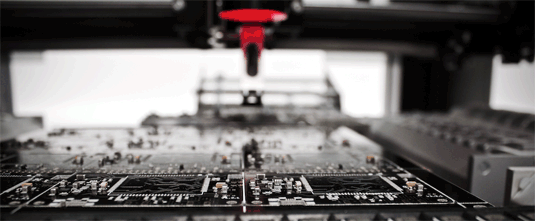
A successful electronics design firm audit, when evaluating electronics design-for-manufacturing (DfM) capabilities and selecting a provider to work on your program, thorough evaluation can help ensure your product is manufactured efficiently, cost-effectively, and with high-quality standards.
In your search results, you can add more Geographies, add more Services plus Market/Industry specific criteria.
One effective approach to evaluating DfM capabilities of electronics design houses you are considering is to review their past projects and manufacturing processes.
Analyzing the design firm’s previous works can help determine if they have experience in producing designs that are easy to manufacture and cost-effective. Additionally, it is essential to review the contractor’s manufacturing processes to determine if they have efficient procedures in place to minimize errors and reduce production time.
Another way to evaluate a provider’s DfM capabilities is to assess their ability to identify design flaws that could affect the manufacturing process. This assessment can be done through collaboration and consultation with the design house during the design stage. Also important to observe how the contractor provides feedback and solutions to improve the design for ease of manufacturing.
A contractor with good DfM capabilities should be able to provide constructive feedback that can help identify design flaws and recommend effective solutions that improve manufacturability without compromising your product’s quality.
RELATED
Design-for-manufacturing audit checklist
View all contract electronic industry documents
By evaluating a contractor’s DfM capabilities, electronic equipment manufacturers can ensure their products are efficiently and cost-effectively manufactured to meet your quality standards.
Electrical vs electronic design
Electrical and electronic design are two different fields that involve the design and development of electrical and electronic systems, respectively.
While both fields are closely related, there are distinct differences between electrical and electronic design.
Electrical design primarily deals with the design and development of electrical systems involving the use of electricity to control and power various devices and equipment.
In your search results, you can add more Geographies, add more Services plus Industries to customize your search.
Electrical design often involves the use of high voltage and high current systems, including power transmission and distribution systems, electrical circuits, motors, generators, transformers, and other electrical devices.
Electrical designers need to have a strong understanding of electrical principles and safety standards to ensure that the electrical systems they design are reliable, efficient, and safe to use.
Meanwhile, electronic design focuses on the design and development of electronic systems that use active and passive electronic components to process and transmit information. Electronic design often involves the use of low voltage and low current systems, including digital and analog circuits, microcontrollers, sensors, and other electronic devices.
In your search results, you can add more Geographies, add more Services plus Market/Industry specific criteria.
Electronic designers need to have a strong understanding of electronic principles and design techniques to ensure that the electronic systems they design are reliable, efficient, and meet the requirements of the application.
In short contrast: electrical design deals with the design of electrical systems that control and power devices and equipment. Electronic design deals with the design of electronic systems that process and transmit information using active and passive electronic components.
Get list of EMS manufacturers for your requirements (Its free)
Save time and money. Find quality EMS manufacturers. Fast. Venture Outsource has a massive, global database of contract electronic design and manufacturing capabilities. Speak with a Provider Advisor.
“Was able to very quickly find details on the important elements of setting up EMS and ODM partnerships, talked with an advisor for personalized info on quality providers matching our requirements while getting up to speed quickly about the industry and connect with key staff from like-minded companies and potential partners. Great resource.”
— Jeff Treuhaft, Sr. Vice President, Fusion-IO
Advisors tell you matches we find for your needs, answer your questions and, can share EMS industry knowledge specific to your industries and markets.







